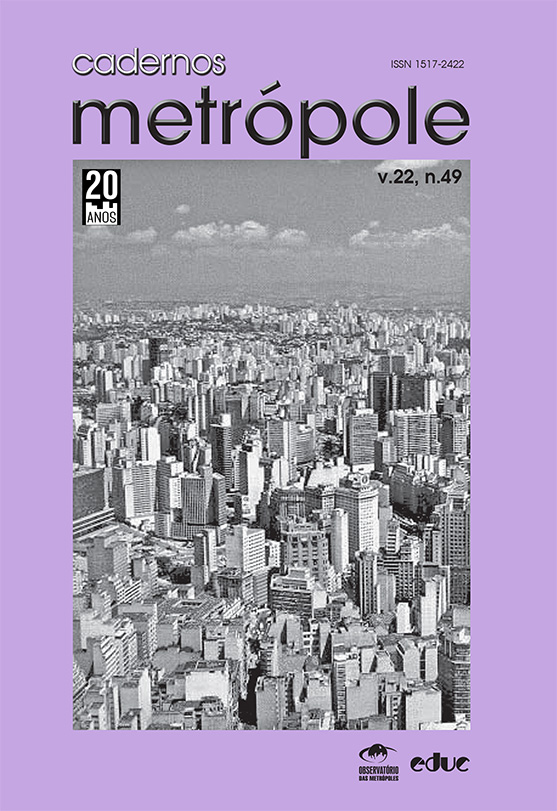Financial-real estate capital and the production of the Latin American city today
DOI:
https://doi.org/10.1590/2236-9996.2020-4901Keywords:
financial-real estate capital, state urban policies, tertiary urban corridors, Latin American citiesAbstract
Among the changes generated by the transition of the accumulation pattern with state intervention to the neoliberal pattern in Latin America, we highlight the consolidation of financial capital as a dominant economic player, the release of its international flows, and the progress of its merger with real estate capital in the cities. This form of capital has generated new material products such as peripheral social interest housing and/or real estate developments for the renovation of highly valued central areas, commodification and tertiarization of urban life, while speculative and risky financial instruments multiply. The financial-real estate capital’s prominence has led to the weakening of indicative urban planning, replaced by a “strategy”, and local governments apply policies to facilitate its action.Downloads
Published
2020-08-26
How to Cite
López, L. M. (2020). Financial-real estate capital and the production of the Latin American city today. Cadernos Metrópole, 22(49), 665–682. https://doi.org/10.1590/2236-9996.2020-4901
Issue
Section
Artigos
License
A revista não tem condições de pagar direitos autorais nem de distribuir separatas.
O Instrumento Particular de Autorização e Cessão de Direitos Autorais, datado e assinado pelo(s) autor(es), deve ser transferido no passo 4 da submissão (Transferência de Documentos Suplementares). Em caso de dúvida consulte o Manual de Submissão pelo Autor.
O conteúdo do texto é de responsabilidade do(s) autor(es).


